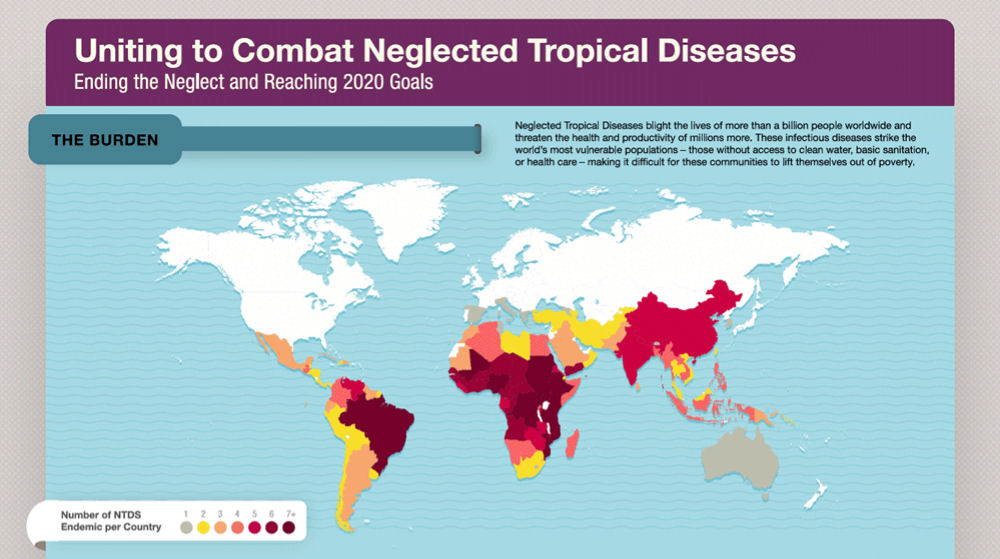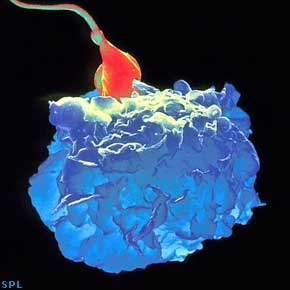Neglected tropical diseases: How strong is the evidence?
Posted on 24th January 2013 by Tamoghna Biswas

Neglected tropical diseases: A public health problem
Neglected tropical diseases (NTDs) are a group of diseases endemic mainly in the low-income developing tropical countries of Asia and Africa. The World Health Organization (WHO) includes 17 diseases in its list of ‘neglected tropical diseases’. Historically, these diseases have caused significant morbidity and mortality in millions across the developing world. However, until recently these diseases have not been received much global attention (and funds), prompting them to be designated as ‘neglected’.
In recent years, especially due to the large-scale efforts of the WHO, along with multiple stakeholders including the governments of the affected nations, the NTDs have come under global spotlight. In January 2013, the WHO published the “Sustaining the drive to overcome the global impact of neglected tropical diseases: second WHO report on neglected tropical diseases” which charted the progress achieved in the fight against NTDs.
The study in question
In this connection, let us look at the study2 titled “Neglected tropical diseases: survey and geometry of randomised evidence” (Open Access) published in the BMJ in October 2012. The authors performed a systematic review and network analysis of 971 eligible randomized controlled trials assessing interventions in 16 NTDs, published in 6 different languages (English, Dutch, French, Spanish, Portuguese and German). Trials were included irrespective of the phase they were in, however, non-randomized trials and non-treatment trials were excluded.

leishmaniasis
854 of the 971 trials reviewed were primary disease trials, i.e. the treatment in them was targeted at the primary etiological agent of the disease, while the rest were trials in which the treatment was aimed at the complications of the diseases. Most of the trials were from Africa and Southeast Asia, and most were publicly funded. Mere 11% of the trials mentioned any industry funding. Leishmaniasis (184 trials) and geohelminth infections (160 trials) had the highest number of trials conducted on them, while dracunculiasis (9 trials) and Buruli ulcer (5 trials) were the least studied. There was no significant correlation between the global burden of diseases and the number of trials published for those diseases. Lymphatic filariasis was the least studied disease compared to its global burden; while it accounted for 5777000 DALYS, there were only 73 trials worldwide on lymphatic filariasis.
The analysis of the evidence behind the recommended first and second line treatments revealed a more worrying picture.
“Either a single trial or trials with fewer than 100 participants comprised the randomised evidence for first or second line treatments for Buruli ulcer, human African trypanosomiasis, American trypanosomiasis, cysticercosis, rabies, echinococcosis, New World cutaneous leishmaniasis, and each of the foodborne trematode infections.”
Dengue and dracunculiasis did not have a recommended pharmacological agent among the agents tested in the randomized controlled trials. Network analysis of the evidence behind recommended treatment schedules also reveals that there are inadequate head to head comparisons between the recommended first and second lines of treatment in a number of diseases like New World cutaneous Leishmaniasis, visceral Leishmaniasis and geohelminth infections.
The bottom line:
This systematic review highlights that the strength of evidence behind the treatment recommendations in NTDs is variable, with six diseases having ten or less randomized controlled trials studying them. Treatment recommendations for eight diseases were based on either a single trial or trials with fewer than 100 participants. Also, with only a very small number of trials being industry funded, this study also brings to fore the important issue of ‘neglect’ of the NTDs by the pharmaceutical industry.
Links:
- Crompton DW, editor. Sustaining the drive to overcome the global impact of neglected tropical diseases: second WHO report on neglected tropical diseases. [Internet]. World Health Organization/Department of control of neglected tropical diseases; January 2013 [cited 24 January 2013] Available from: http://www.who.int/neglected_diseases/9789241564540/en/index.html
- Kappagoda S, Ioannidis JP. Neglected tropical diseases: survey and geometry of randomised evidence. BMJ. 2012 Oct 22;345:e6512. doi: 10.1136/bmj.e6512.
By Tamoghna Biswas, Medical College of Kolkata, West Bengal University, India



